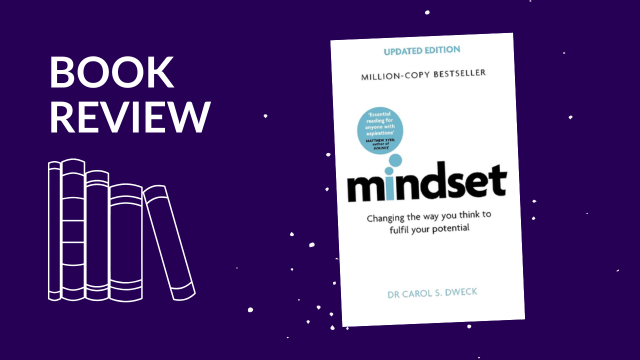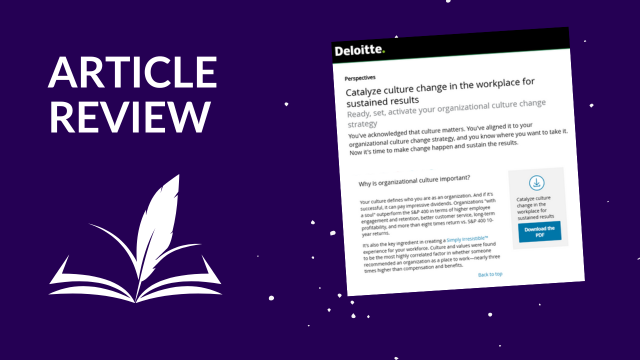One of the pioneering works of change management, William Bridges’ 1991 book Managing Transitions is a classic in our field. His model remains at the core of change management practices around the world. Even those who don’t know Bridges or his work are likely applying principles that he articulated. Typically, today’s methodologies include some version of “stop, start, continue.” Bridges’ language was “endings, beginnings, the neutral zone.”
- Endings: Letting go of previous ways of doing, thinking, and being; dealing with loss.
- Beginnings: What starts, increases? What is the ask regarding new ways of doing, thinking, and being?
- Neutral Zone: This is the normal, ongoing, what isn’t changing; remind people of what is there.
In the 2016 edition of Managing Transitions, Bridges writes,
Before you can begin something new, you have to end what used to be. Before you can learn a new way of doing things, you have to unlearn the old way. Before you can become a different kind of person, you must let go of your old identity. Beginnings depend on endings. The problem is, people don’t like endings.
He then describes a series of steps for addressing the endings, and the loss, that people are facing: identify who’s losing what; accept the reality and importance of the subjective losses; don’t be surprised at overreaction…and so forth.
Like the work of other great pioneers in change management, Bridges’ work continues to prove sound today. And, if we bring a neuroscience lens to it, we can find ways of applying it even more successfully. While Bridges calls for endings in order to make way for beginnings, our brains really don’t do endings very well; neural networks don’t have on/off switches that allow us to shut them down so that they can be replaced.
What we now know is that a more effective way to drive changes in doing, thinking, and being is what Judith Glaser refers to as “down-regulating” and “up-regulating.” By down-regulating those things that you want to minimize or stop while upregulating those things you want to start or increase, you are actually reprogramming the neural pathways.
As change practitioners, our clients are best served when we continue to respect the classics while viewing them through the most recent relevant knowledge available to us.







